Deep-Plane Face and Neck Lift
Extended deep-plane facelift & necklift surgery are the most powerful options to address the signs of aging on the face and provide you with a more youthful look. As humans age there are multiple changes which affect our facial appearance, including descent of facial fat pads, decreased facial volume, loose and inelastic skin, and even changes in our bone structure. All of these changes contribute to a less youthful appearance over time. A facelift operation typically involves tightening an inner supportive layer of the face called the SMAS (superficial musculoaponeurotic system), and then tightening the overlying skin. Tightening the SMAS helps to reconstitute the youthful position of the deep fat structures, and tightening the skin helps with decreasing lines and smoothing the skin. Following surgery, some patients look over ten years younger! Like most other aspects of surgery, there are different techniques and requirements with each face. Facelifts don’t change all aspects of facial ageing, such as eyelid and eyebrow appearance, and these are sometimes performed as combined procedures, depending on the need and patient preference.
Deep-Plane Face & Neck Lift FAQs
What is a deep-plane face and neck lift? How does it compare to "simple" facelift?
Face and neck lift surgical techniques vary much like the build quality of any object. Some of these techniques are quick, easy, and provide modest improvements that are short-lived. Others, such as extended deep-plane face and neck lift surgery, are more complex, require more expertise, more surgical patience, and have potential for better jawline definition, cheek elevation, and longer lasting results. Much like home renovations where the build quality and effort made by a contractor varies, the same applies to surgical rejuvenation of the face and neck.
Extended deep-plane surgery involves a release of multiple tethering points throughout the face and neck, and is performed “deeper” in the face. The ligaments of the face are much more extensively release vs. simple facelift techniques. The advantage of this is it allows the deep structures of the face to be re-elevated farther and with less tension than could be achieved with simpler techniques. Another advantage is it allows the skin to simply “come along for the ride”, because the pull is placed only on the deep tissues of the face that are free and mobile. As a result, there is essentially zero tension on the skin, which makes the outcome look more natural and is theoretically longer lasting.
Finally, and perhaps most importantly, the ability to confidently work on the deep structures in the neck and sculpt them appropriately is often necessary to achieving a nice result and contoured jawline. Without this ability, many necks will be under-corrected.
If deep-plane surgery is supposedly better, why is it offered by only a select few surgeons in BC?
I personally believe there are many reasons for this. First of all, it’s more complex, more time consuming, it is cost-prohibitive for some patients, has a
much higher learning curve for the surgeon, and finally it requires a much more detailed and thorough understanding of facial anatomy. Dr. McInnes has studied deep-plane face and neck surgery extensively. He has trained with master surgeons throughout North America to understand the surgical anatomy in great detail.
Are all deep-plane face and neck lift techniques created equal?
Absolutely not, and that is quite important to consider. In fact, because the term “deep-plane” has become somewhat trendy, surgeons may falsely advertise what they are really doing. For example, a 1cm dissection below the SMAS layer of the face is technically in the “deep-plane”, but does not release the ligaments of the face in a meaningful way or provide any physical advantages to a simple facelift. Equally, any slightly deep neck dissection could be branded as “deep-plane” surgery, which is technically true, but certainly not the same as advanced open neck sculpting.
Deep neck surgery requires the surgeon to be confident and capable of advanced neck dissection, including dealing with structures such as large digastric muscles, deep sub-platysmal fat, and reducing (not removing) submandibular glands. If the neck lift surgeon is not able to manage all of these structures individually, they will not be able to correct the neck fully in each case, and may actually cause secondary aesthetic problems. Most surgeons are comfortable enough to release the skin of the neck and sew the central muscle (the platysma) together which will improve the neck contour to some degree. Many surgeons are not comfortable managing some of the deeper structures which limits the jawline contour in most cases. Gaining experience with these procedures requires dedication from the surgeon to learn them in their own time as it is not adequately covered in standard surgical residency.
Please also note, many surgeons use terminology to brand their surgery in a unique way which is confusing to patients (this is particularly common in the USA and on social media). Despite differences in name, most are performing established facelift procedures such as a SMAS plication, SMASectomy, or deep-plane surgery.
Explain the SMAS anatomy in relation to deep plane surgery
There are multiple layers of the face. The skin, a thin layer of fat below the skin, followed by a deep supportive layer of interwoven muscle and connective tissue called the SMAS (superficial musculoaponeurotic system). Below the SMAS lies the facial nerves, deep fat, glands and deeper muscles. A deep-plane facelift requires a dissection below the SMAS (but above the nerves), releasing tethering points and allowing it to easily re-drape. Fortunately, there are “spaces” right below the SMAS that can be carefully entered so the ligaments can be released. A simpler option is to dissect above the SMAS, then pull it upwards tightly with sutures without releasing it (eg. SMAS plication).
A commonly used analogy is that of a tree. Think of the leaves as the skin, the small branches as the thin fatty layer right below the skin, and the SMAS layer as the upper part of the tree trunk. If the lower part of the trunk gets released, and we pull on the upper trunk, the leaves (i.e. skin) come along for the ride without tension. Conversely, if we just cut the small branches near the leaves (right below the skin) and then pull on the trunk without releasing it, it is harder to get sufficient movement without tension.
Can I still get good results without deep-plane technique?
Yes, this is possible. There are good surgeons who don’t employ deep-plane techniques. Most surgeons agree, a well performed simple facelift can give better results than a poorly performed advanced facelift. Equally, there can be certain situations encountered intra-operatively that prevent a full-deep plane release from being performed, and sometimes only a partial deep-plane release can be performed by Dr. McInnes (this is a great question to bring up at your consultation). Despite these statements, there must be a reason why the majority of the top facial rejuvenation surgeons in the world employ deep-plane techniques.
How do we age?
As humans age there are multiple changes which affect our facial appearance, including descent of facial fat pads, decreased facial volume, loose and inelastic skin, loose neck muscles, and even changes in our bone structure. All of these changes contribute to a less youthful appearance over time, such as jowls and loose neck contours. In order to fully rejuvenate the face, all of these changes need to be considered and addressed.
Which “add-on” and “upkeep” procedures are common?
Eyelids, eyebrows, facial fat grafting, skin resurfacing, and anti-wrinkle injections are common. These aren’t always done at the same time, but really help balance the entire face. Humans lose facial fat as we age, and therefore fat grafting is often important and recommended. Upkeep includes staying healthy, avoiding smoking, using sun protection, and some upkeep with neuromodulators (anti-wrinkle injections).
What medication will I be given or prescribed after surgery?
Dr. McInnes believes in multi-modal pain treatment as it has shown to be the most effective and decreases the use of narcotic pain medications. He will commonly treat his patients with a combination of acetaminophen (Tylenol), and a short course of low-potency narcotic. In combination with the numbing (freezing) medication injected at the surgical site, many patients are surprised by just how little narcotic medication they use after face and neck surgery.
When can I resume normal activity and exercise?
Following facelift surgery, it’s important to take it easy for 4-6 weeks. Over-activity can cause bruising and put tension on the incisions. Many patients are socially presentable after 2-3 weeks and able to return to work after about 3 weeks. Dr. McInnes will provide you with a detailed post-operative form to review before and after surgery.
What are the risks of surgery?
There are risks associated with your surgery. Please download the consent form designed by the American Society of Plastic Surgeons (ASPS) for a detailed list and description of the risks involved. Risks of surgery will be discussed prior to your consent. It is important to address all your questions directly with Dr. McInnes.
What Training Does Dr McInnes Have in Advanced Face and Neck Lift Procedures?
Dr. McInnes was fortunate to learn his techniques by some of the most accomplished and sought-after facelift surgeons in Canada and Beverly Hills, California. He will show you before and after photos so you can appreciate the impact of a facelift and decide if it’s the right operation for you. The goal of facelift surgery is to provide you with a refreshed, significantly more youthful appearance that looks natural.
RESULTS & EXPECTED OUTCOME
The improved contour that results from a facelift will be apparent almost immediately following your procedure. It is common to have some swelling after your facelift that will subside as the weeks pass. Dr. McInnes will see you 1-2 days after your facelift and keep a close watch on things as you heal. Patients are generally advised to plan for 3 weeks off work depending on their occupation. Due to volume loss as we age, some patients will benefit from volumizing procedures after their surgery, such as filler placement and botox, to help augment the results of their facelift procedure.
Face and Neck Lift Recovery
Recovery is a gradual process and is different for each patient. Dr. McInnes continues to work with his anesthetists to keep the anesthesia “light” in order to facilitate recovery. You will also be given a “getting ready for surgery” document to help plan for surgery. If you decide to proceed with surgery, Dr. McInnes will ask that you come back to the office for a second visit 2-4 weeks before surgery. At this second visit he will discuss the post-op course with you in greater detail, and give you any prescriptions so they can be filled before surgery. His goal is to make the experience as seamless as possible. Most patients still have some minor bruising at two weeks, and most are socially presentable after 2-3 weeks (it’s a gradual, ongoing process). Blood pressure needs to stay on the low side for at least 4 weeks.
What Happens At My Consultation?
Dr. McInnes will review your medical history and ask you about your aesthetic concerns. He will then perform a detailed facial assessment and discuss different treatment options with you. Afterwards, your surgical quote will be provided by the office staff. Book your consultation by filling out the form above, or contacting our office.
How Much Does a Facelift and Neck Lift Cost in Vancouver?
Prices for facelift and necklift surgery vary depending on your individual surgical requirements and the exact procedures recommended. Detailed pricing will be provided following your assessment. Standard facelift and necklift procedures start at $12,000. An extended deep-plane facelift with open neck contouring and minor facial fat grafting starts at $30,000.
Your quoted cost will include the surgical facility and nursing staff fees, the anesthesiologist fee, all surgical supply costs, and the surgeon’s fee.
Financing plans are available and are becoming an increasingly popular option.
Before & After Photos
Custom Deep Neck Sculpting & Facelift
Before

After
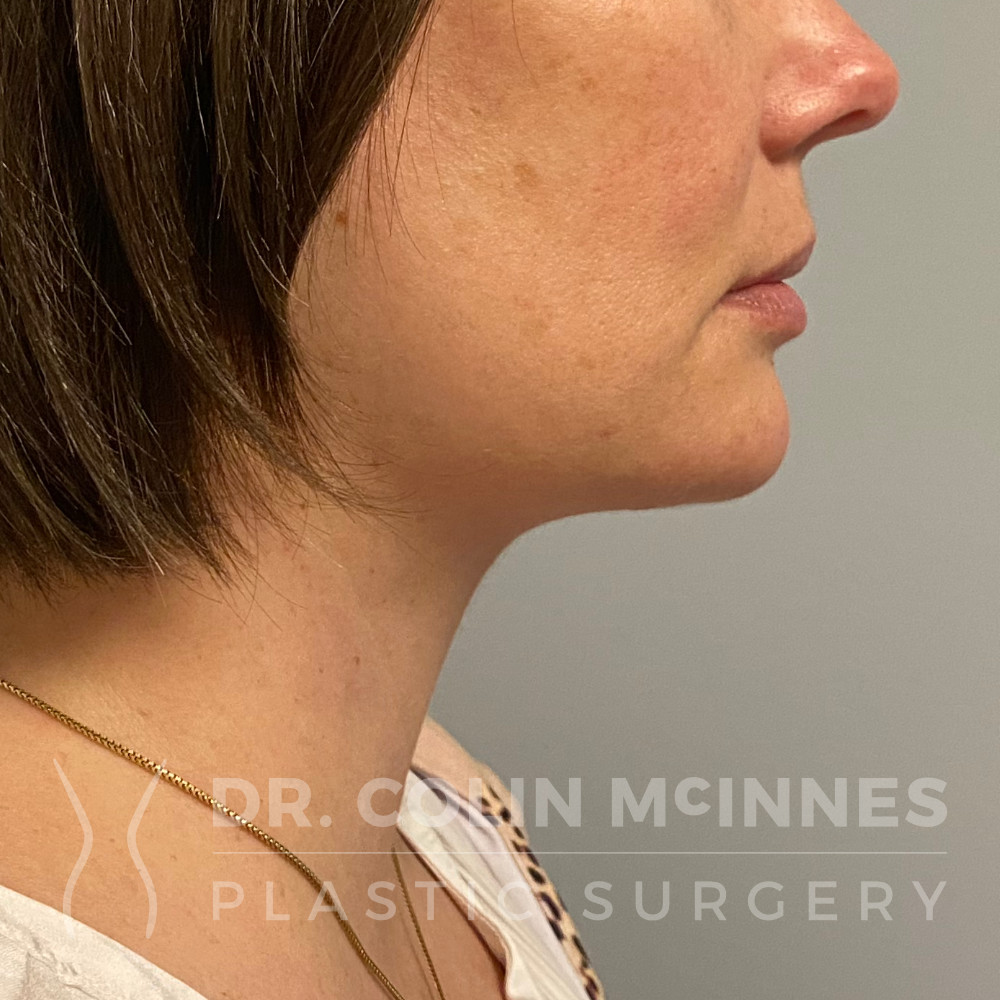
Deep Neck Lift
Before
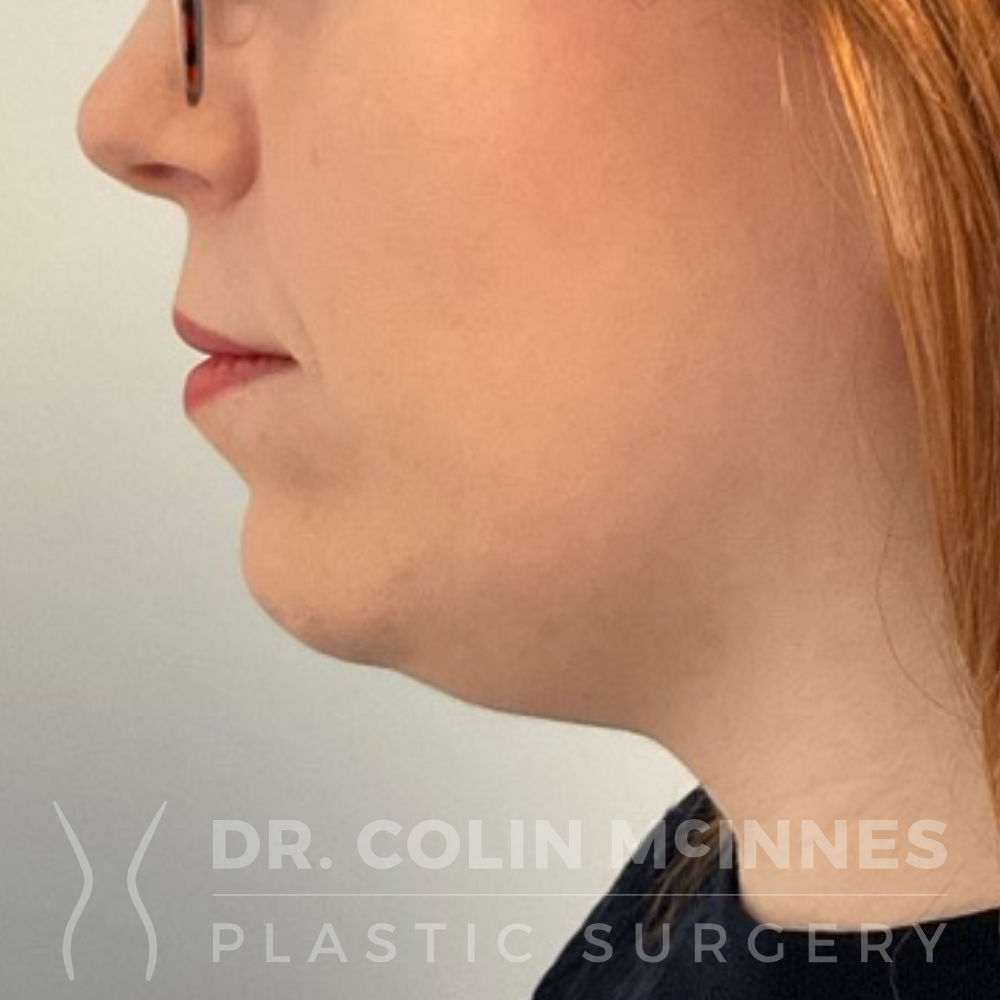
After
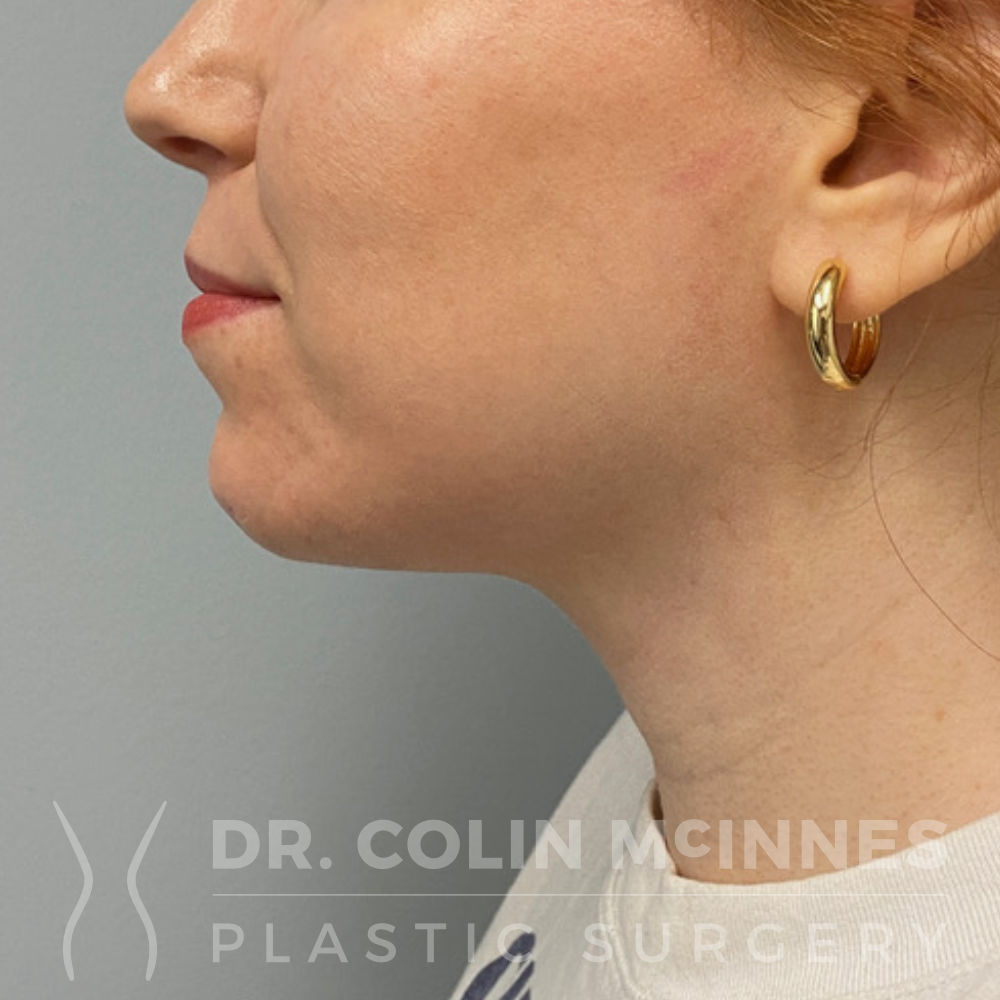
Deep Neck Lift
Before
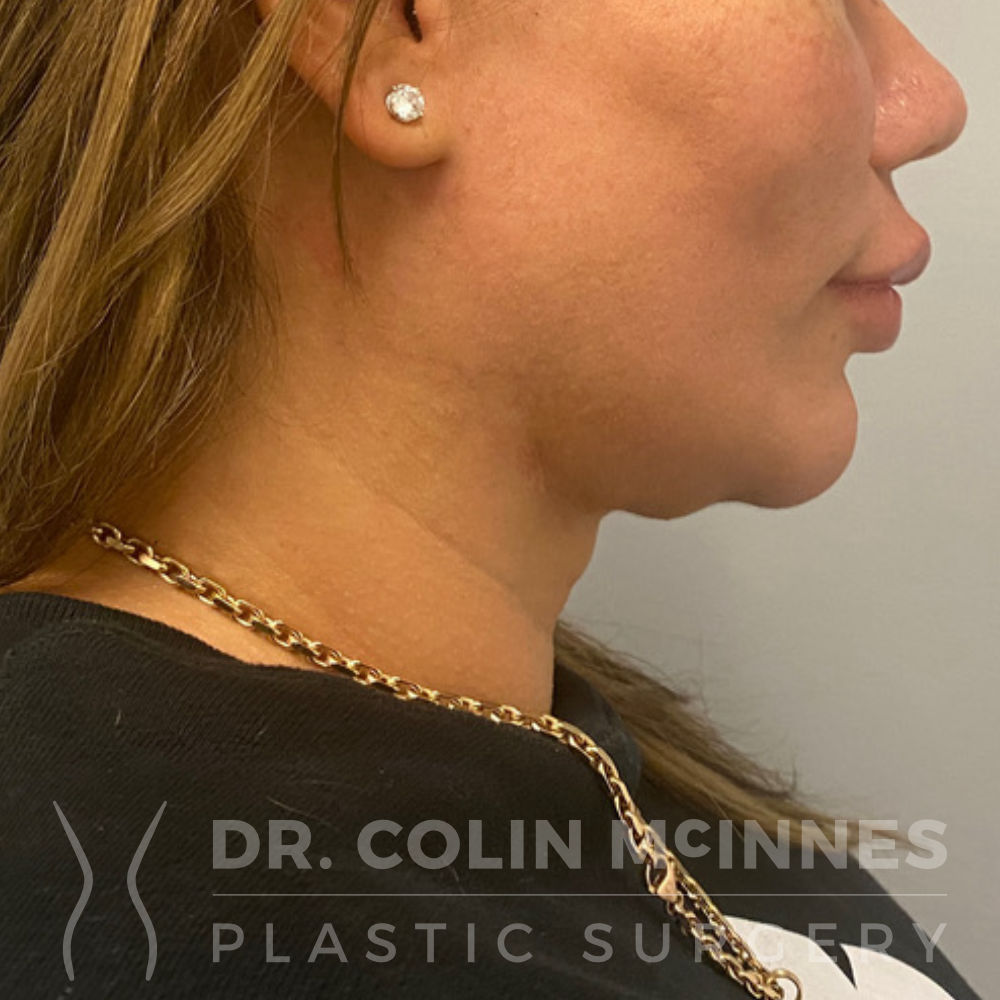
After
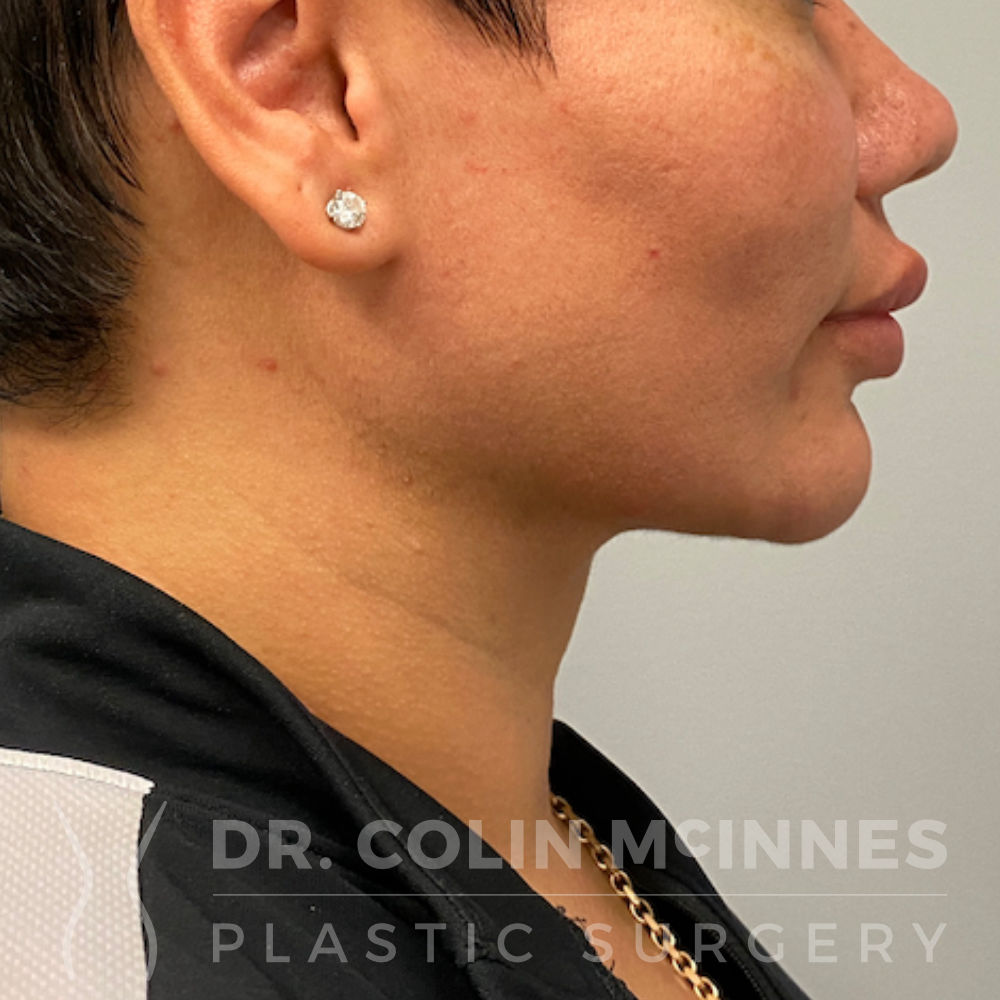
Deep Neck Lift
Before
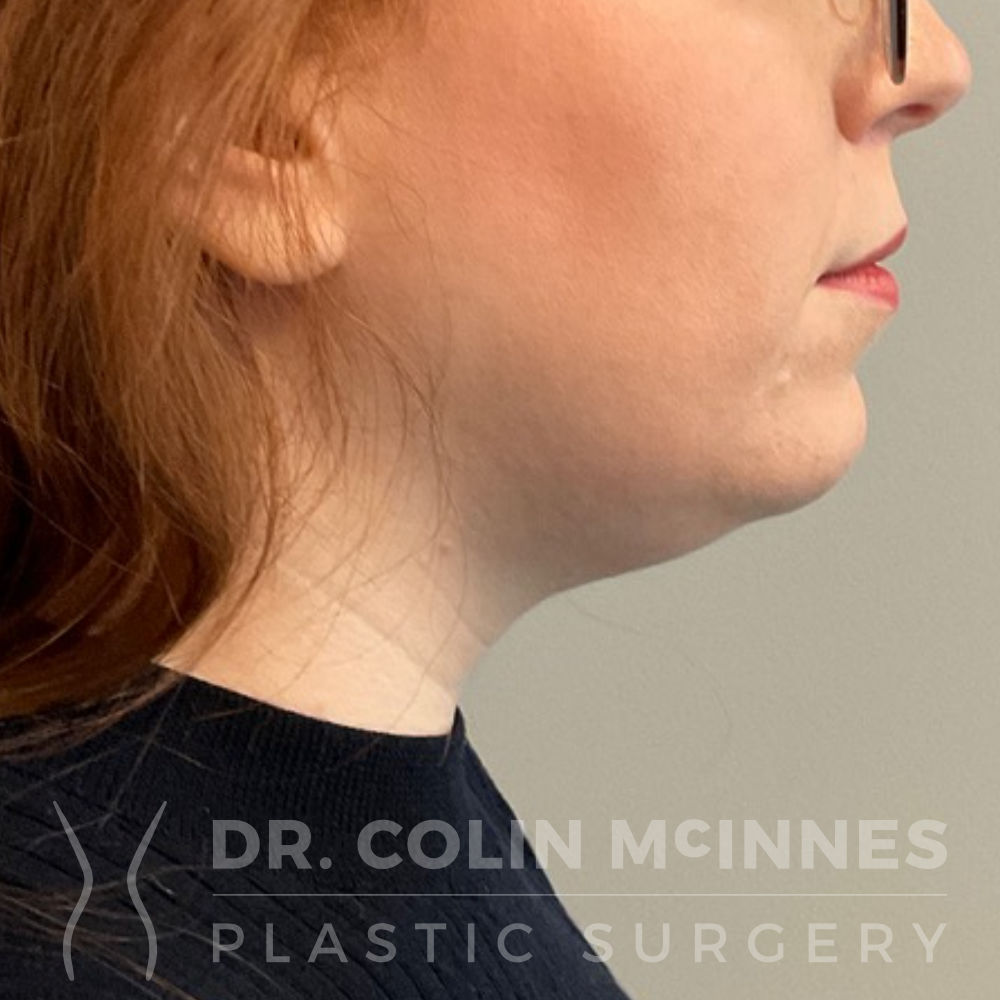
After
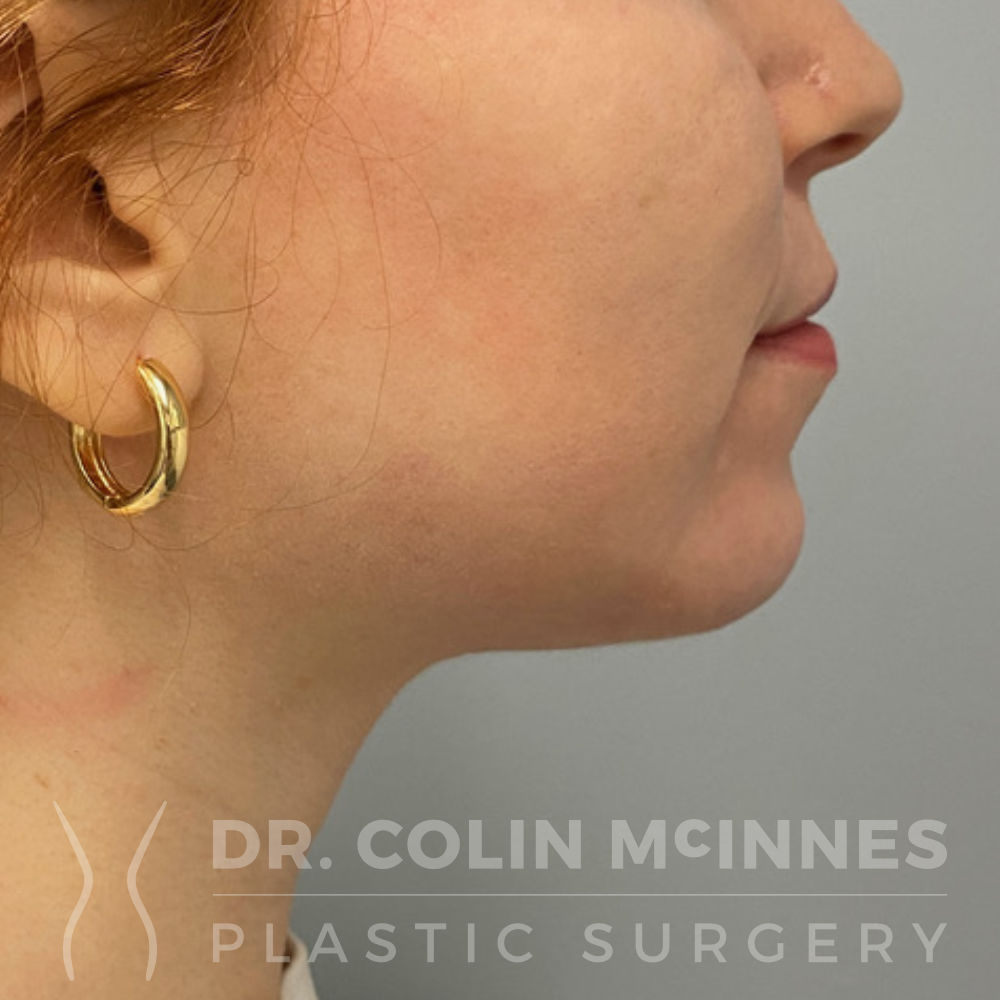
Deep Plane Face and Neck Lift, Brow lift, Upper Eyelid Lift (right), Fat Grafting, Dermabrasion
Before
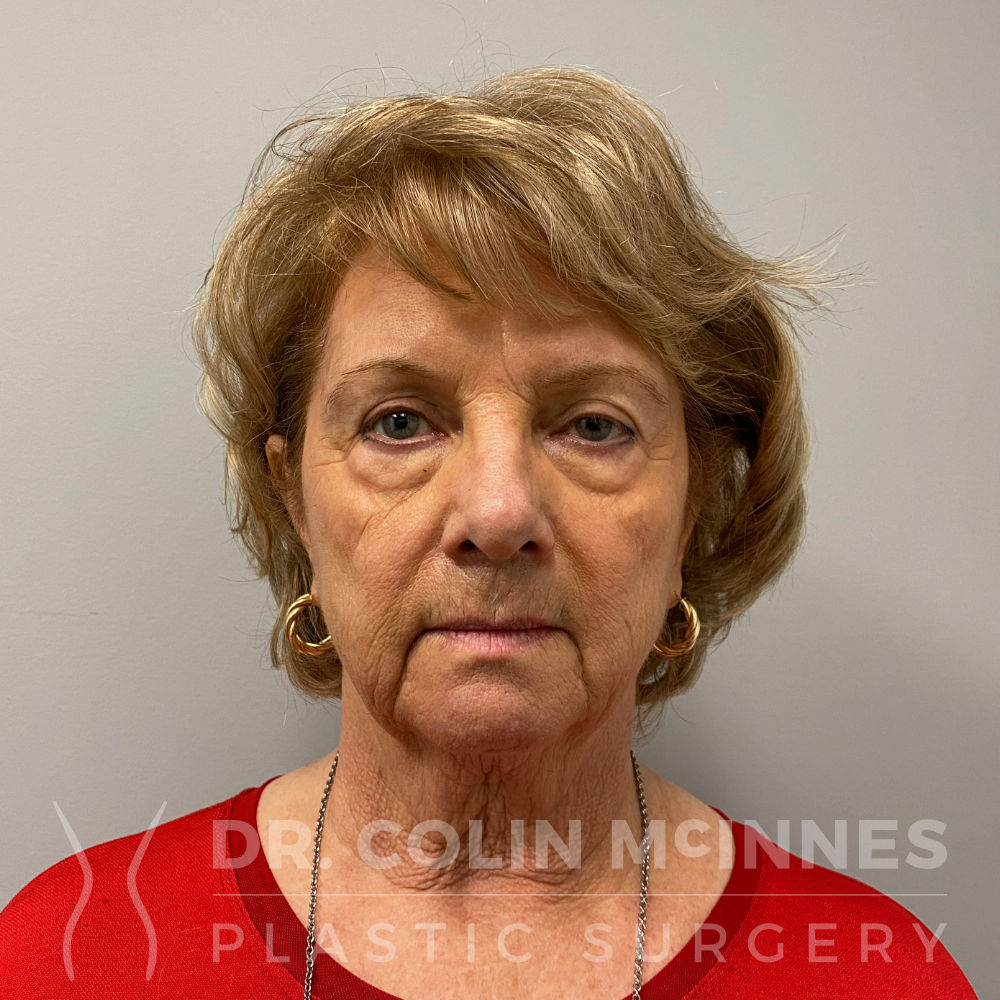
After
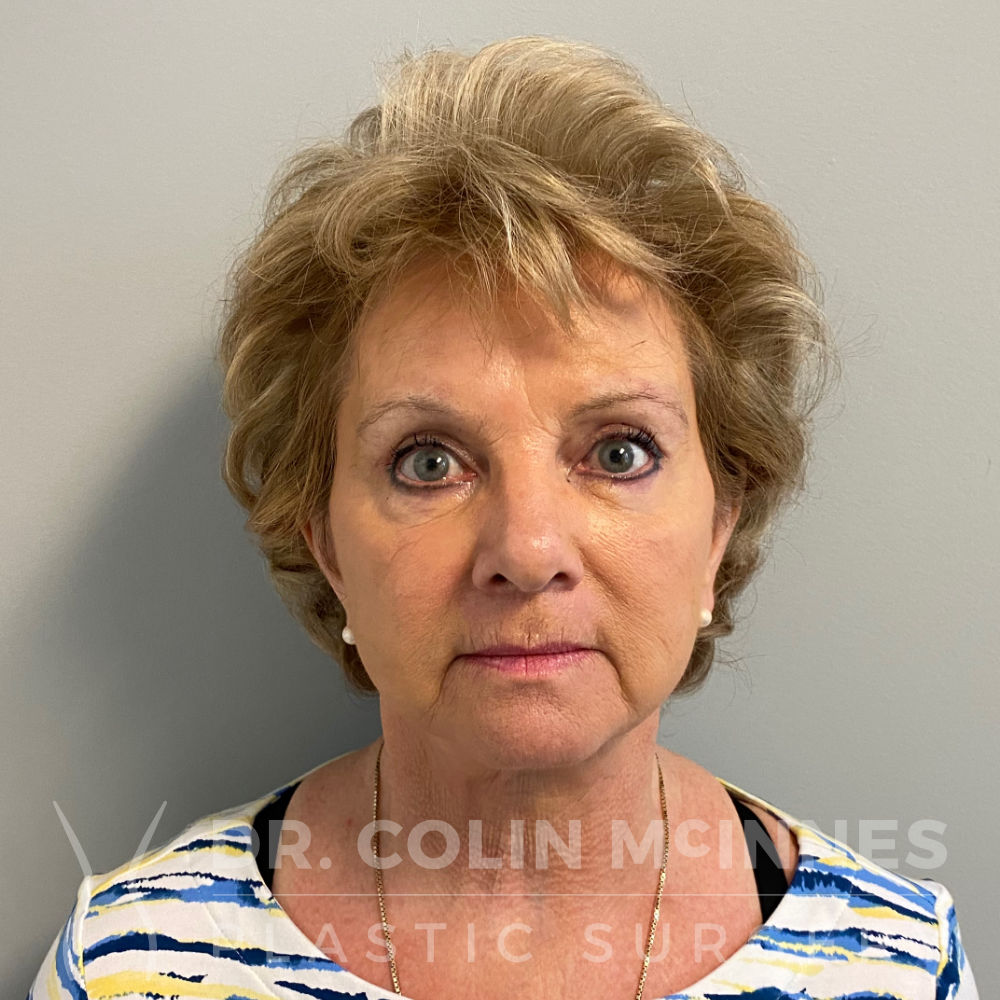
Deep Plane Face & Neck Lift
Before
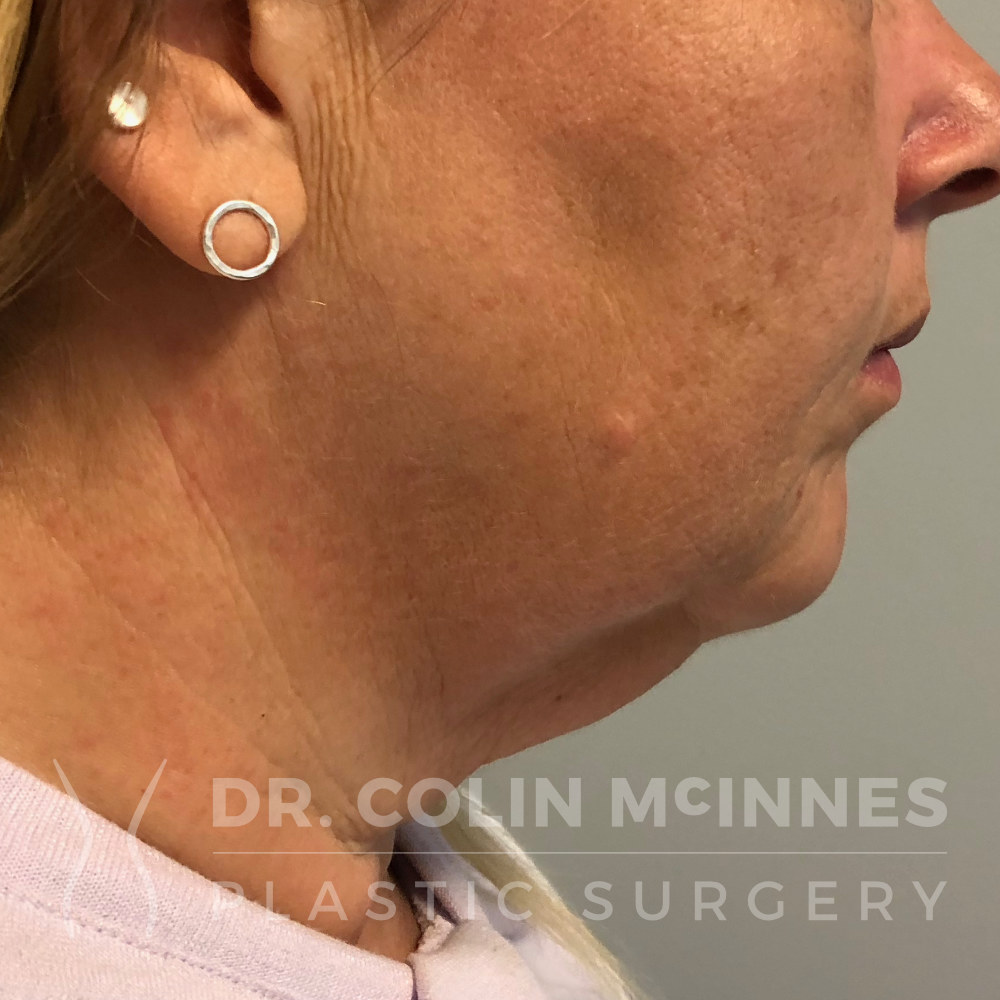
After

Deep Plane Face & Neck Lift
Before

After
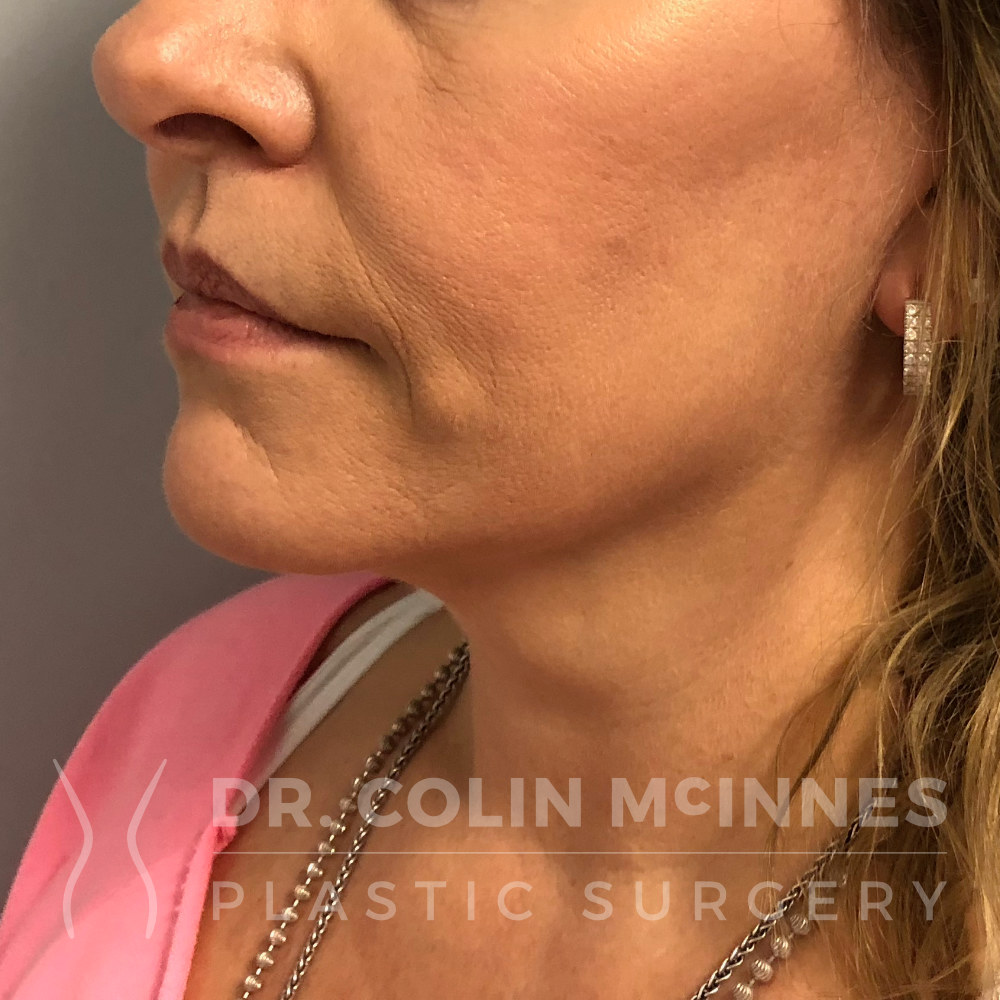
Deep-Plane Face & Neck Lift
Facial Grafting, Peri-Oral Dermabrasion, Upper & Lower Eyelid Blepharoplasty, Gland Reduction
Before
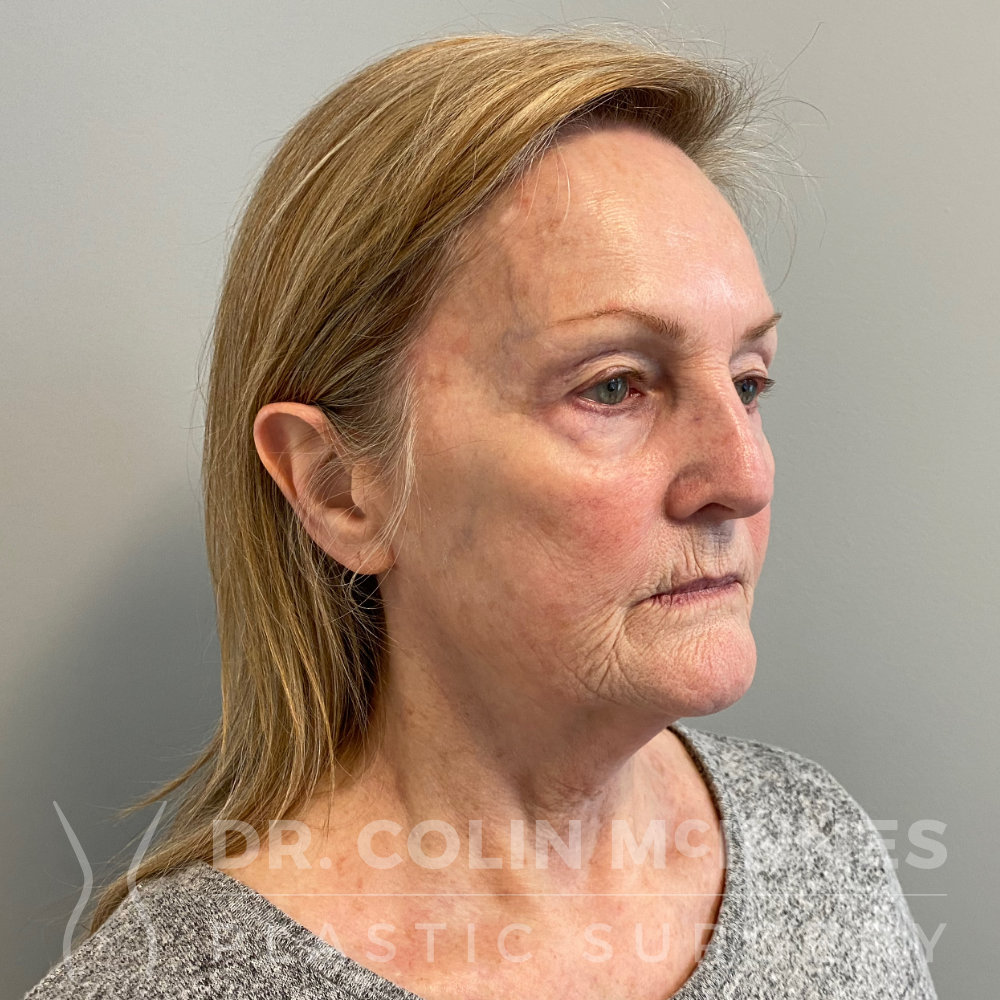
5 Months After
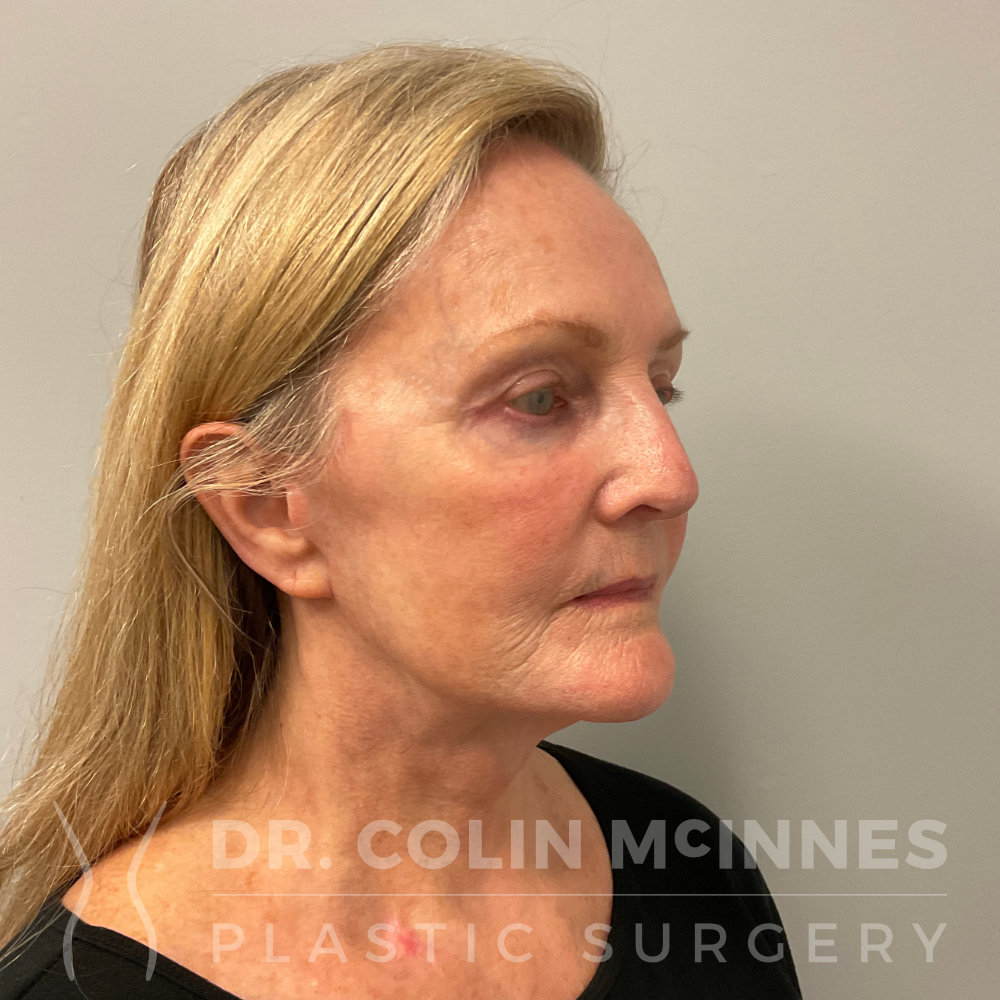
Deep-Plane Face & Neck Lift
Before
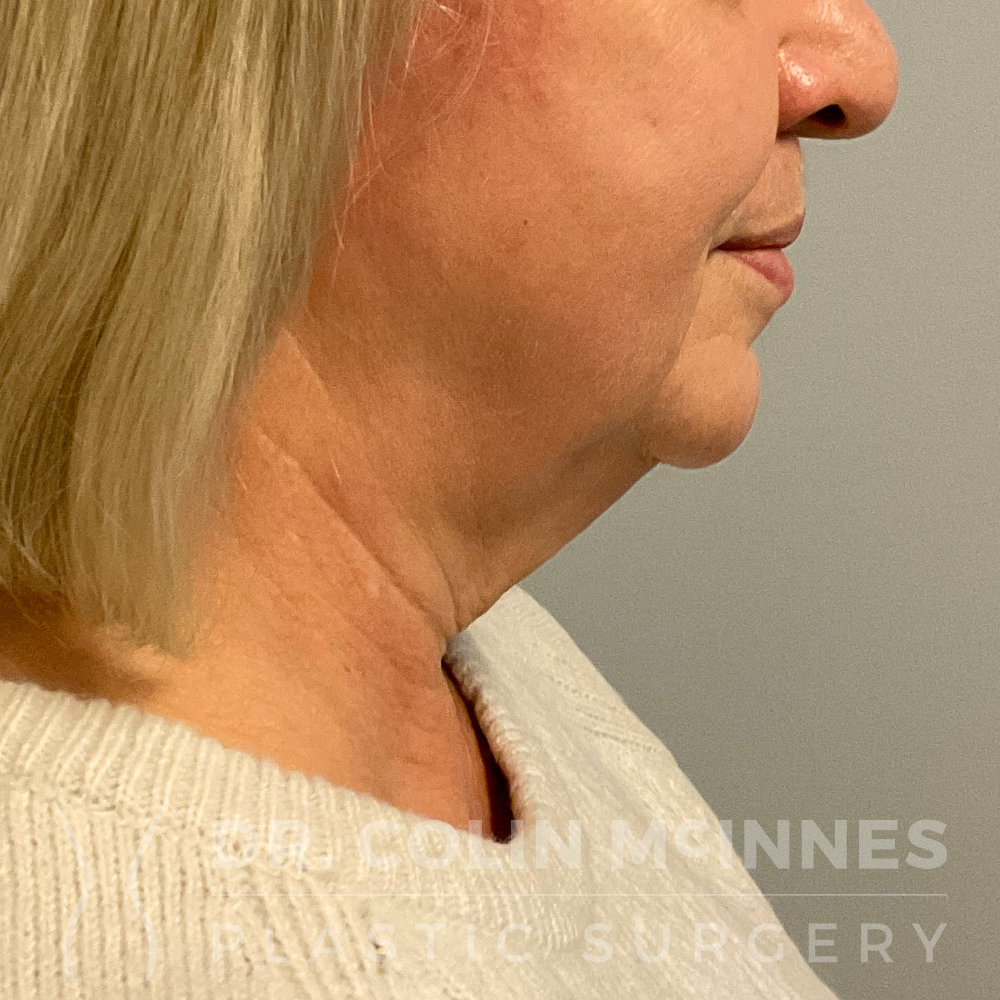
3.5 Months After
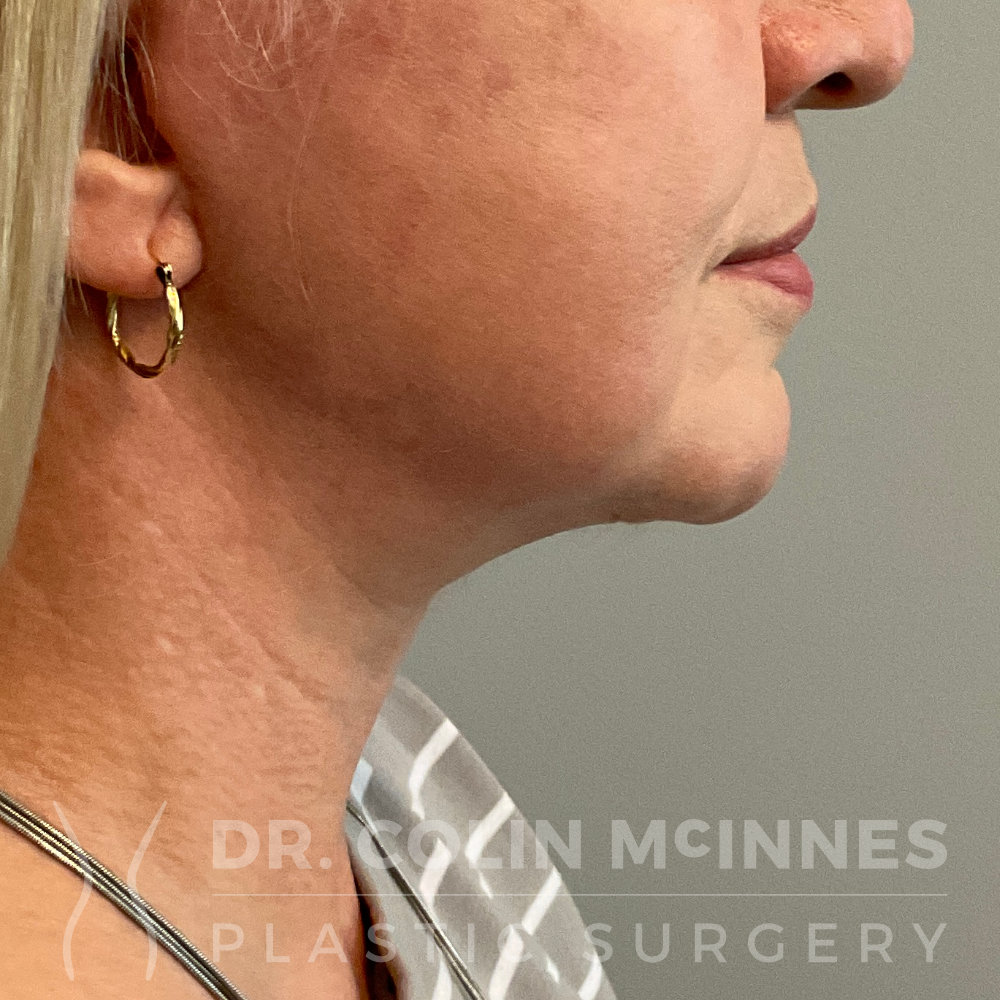
Deep-Plane Face & Neck Lift
Before

3.5 Months After
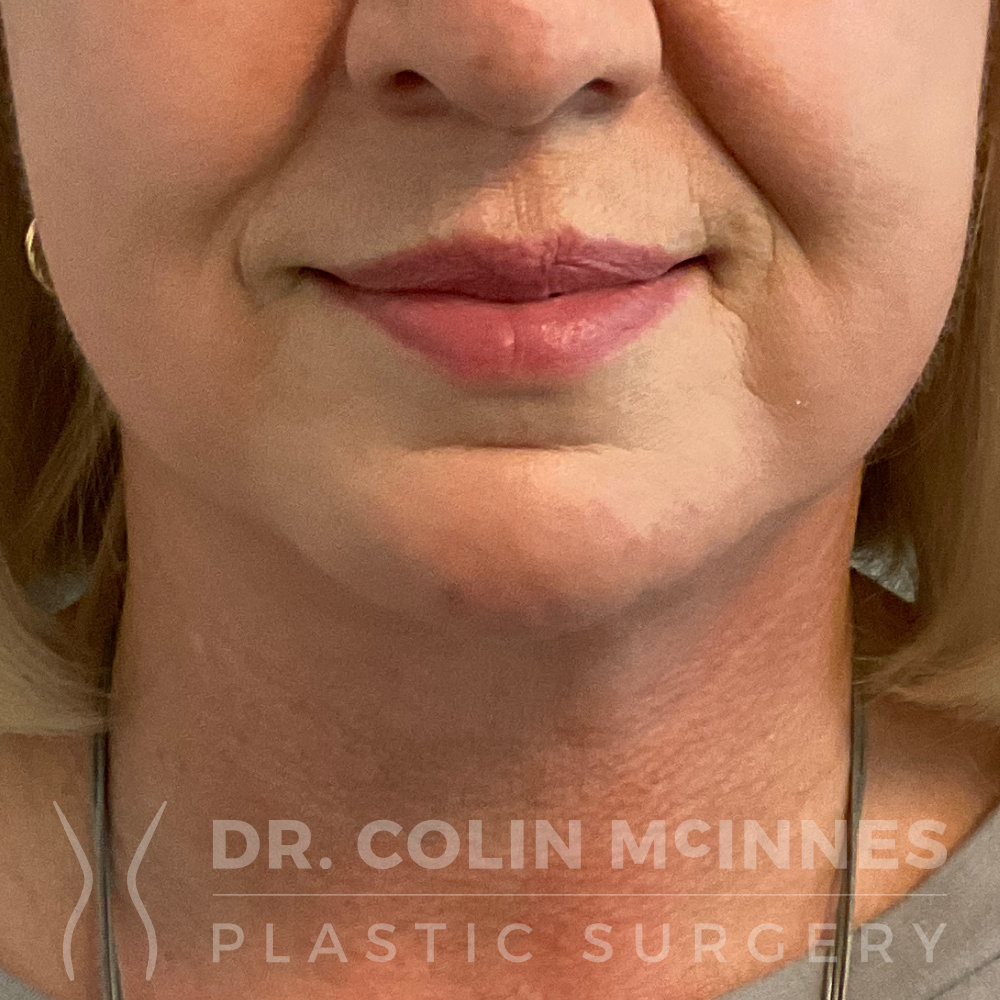
Deep-Plane Face & Neck Lift
Before
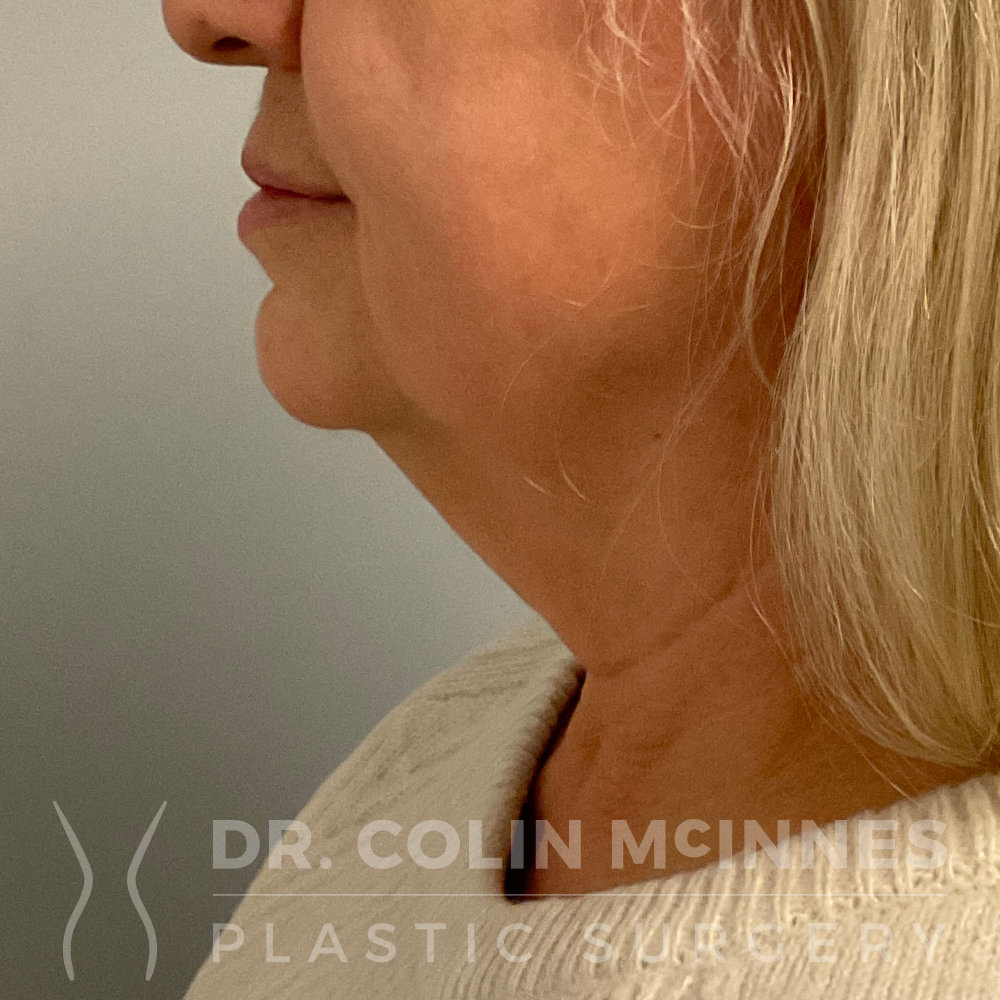
3.5 Months After

Deep-Plane Face & Neck Lift
Facial Grafting, Peri-Oral Dermabrasion, Upper & Lower Eyelid Blepharoplasty, Gland Reduction
Before

5 Months After
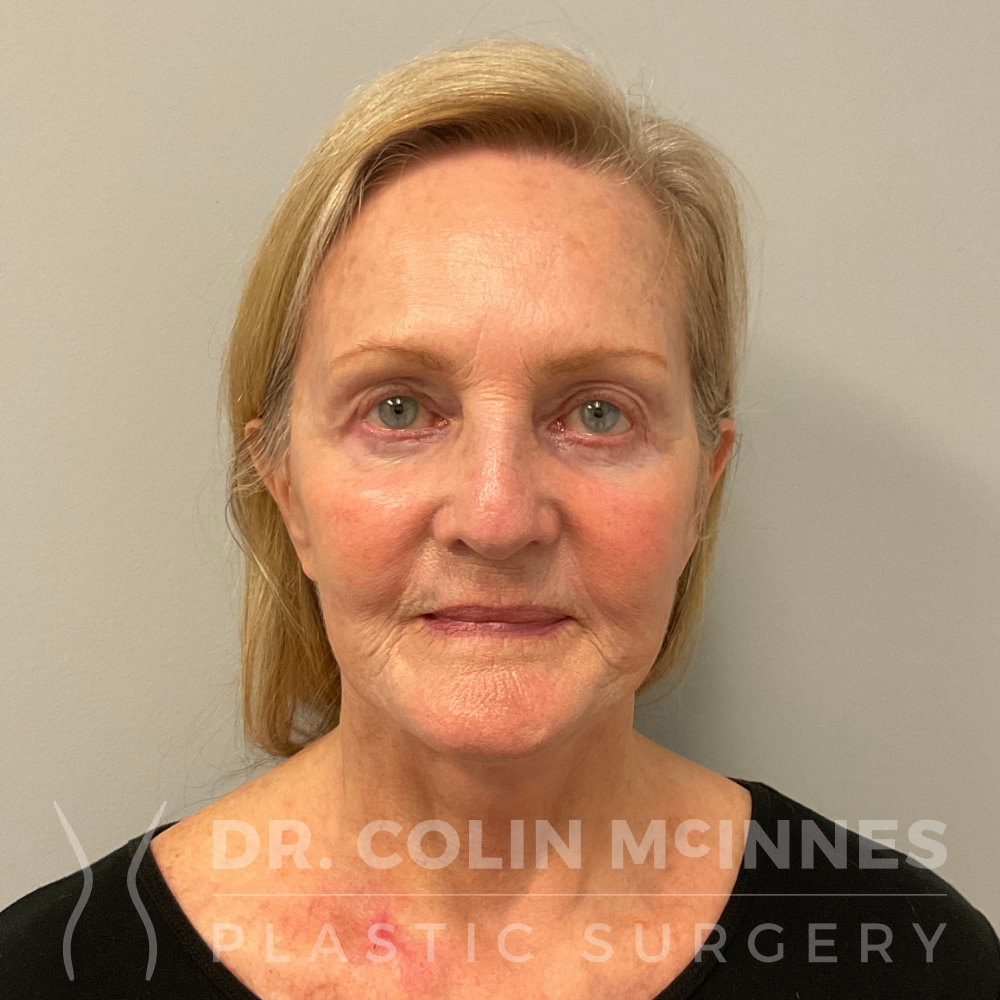
Deep-Plane Face & Neck Lift
Facial Grafting, Peri-Oral Dermabrasion, Upper & Lower Eyelid Blepharoplasty, Gland Reduction
Before
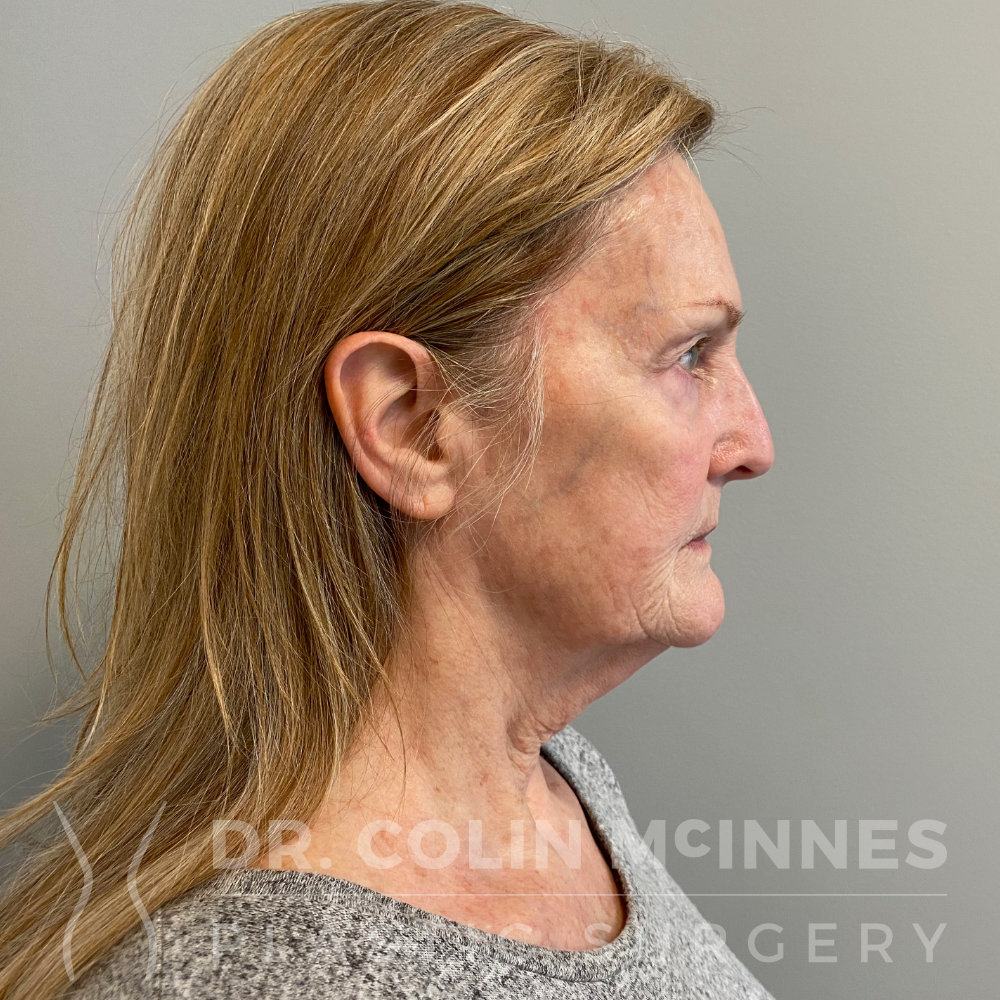
5 Months After
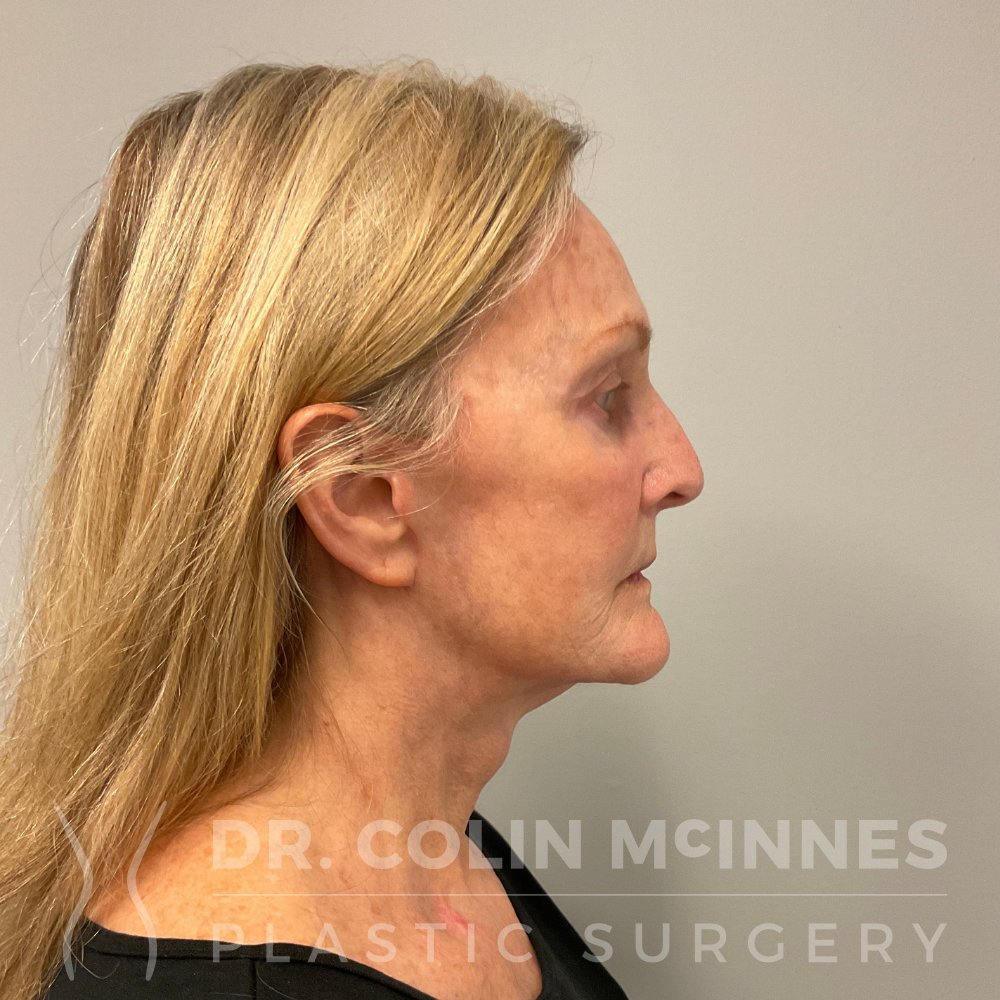
Extended Deep-Plane Face & Neck Lift
Before
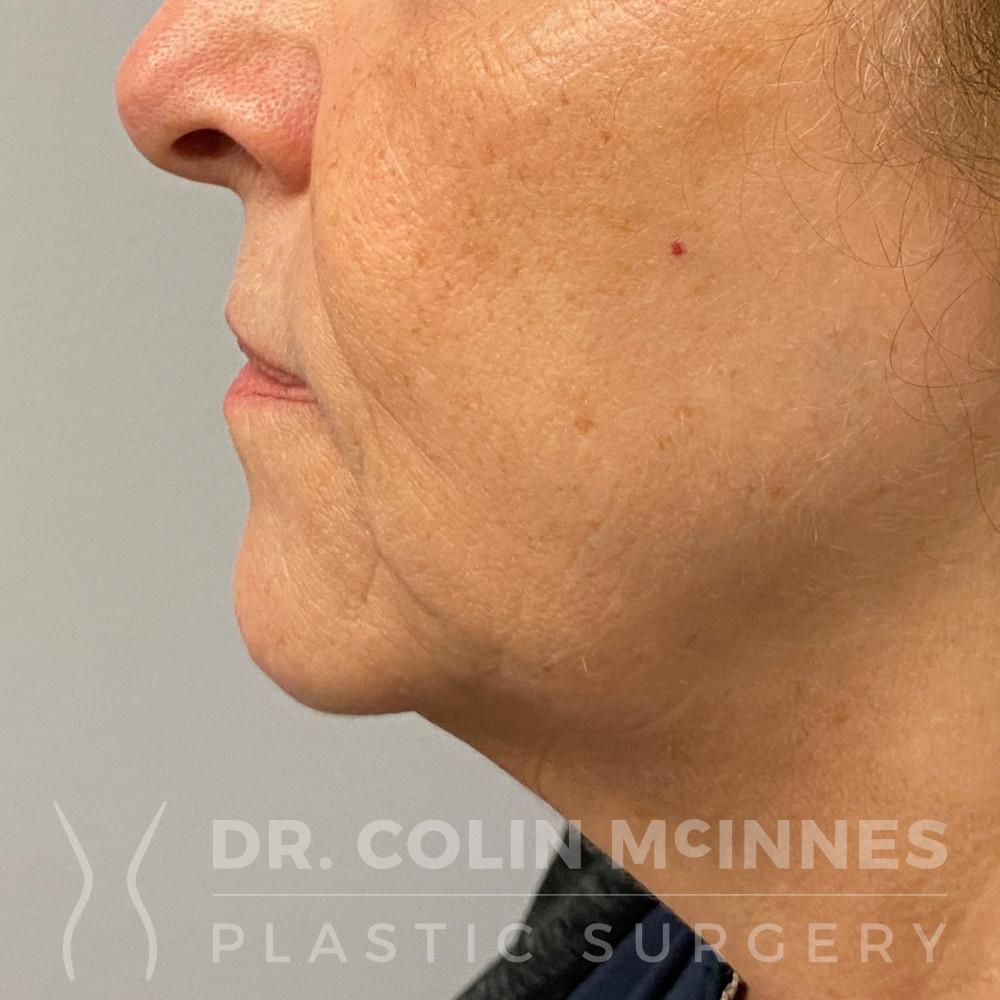
8 Months After

Extended Deep-Plane Face & Neck Lift
Before

8 Months After

Extended Deep-Plane Face & Neck Lift
Before

8 Months After
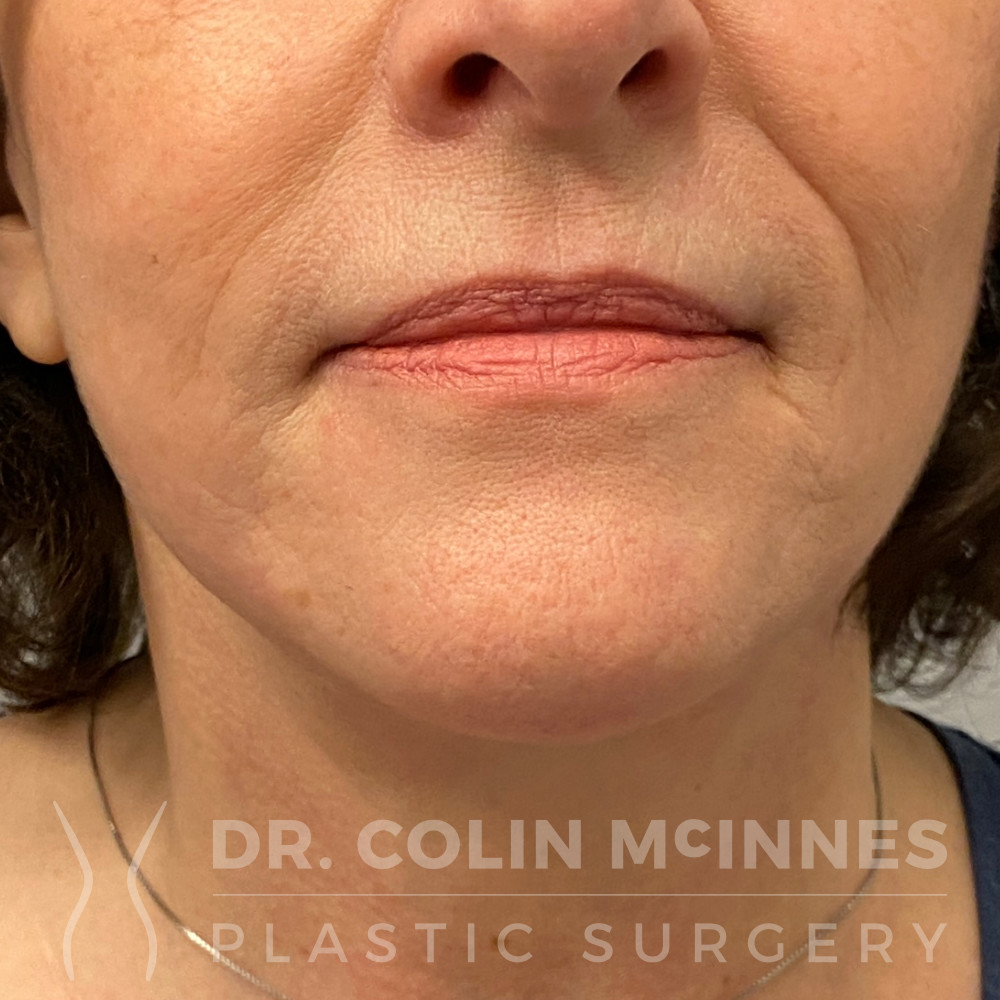
Face and Neck Lift
Before
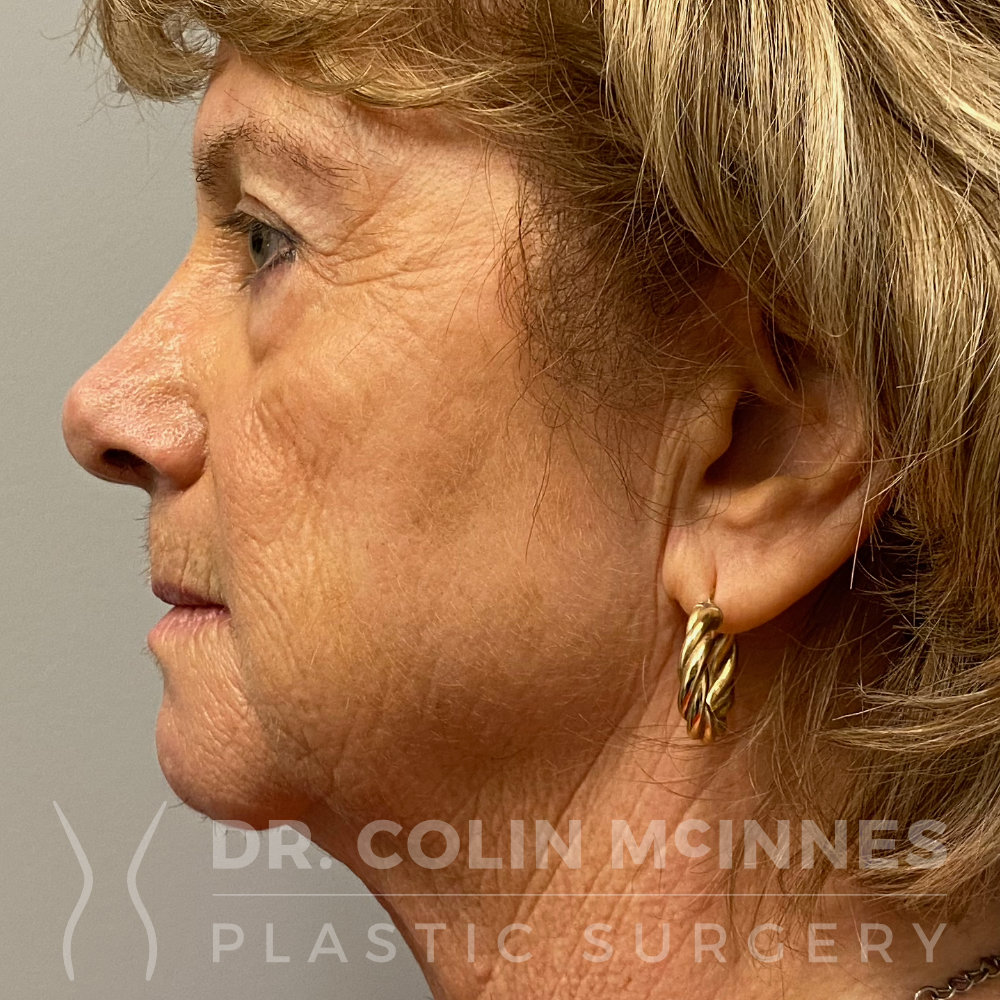
After


































